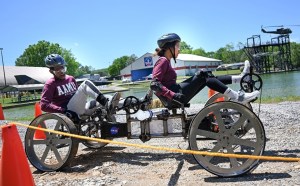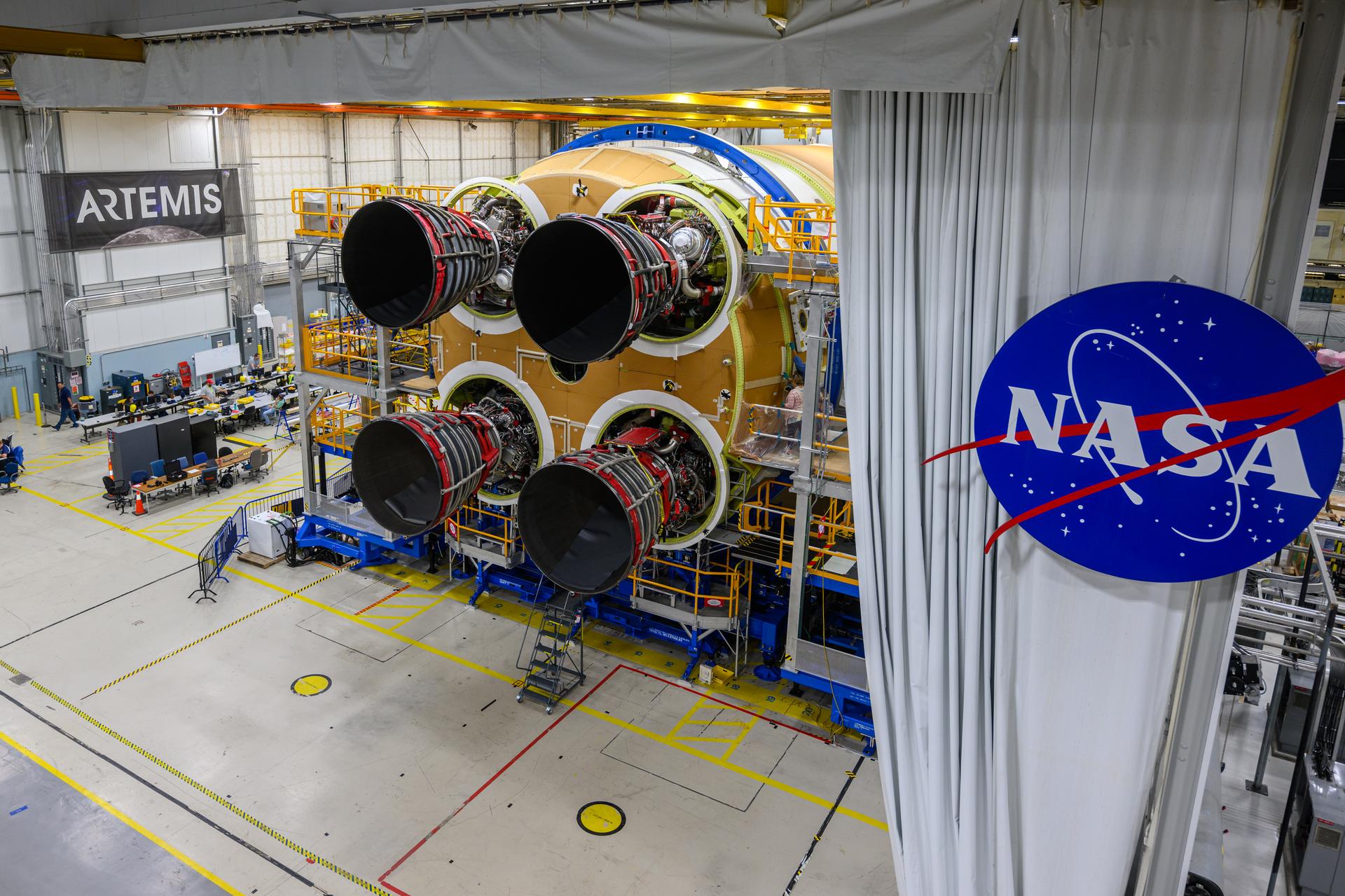NASA’s Innovative Rocket Nozzle Paves Way for Deep Space Missions
NASA’s Innovative Rocket Nozzle Paves Way for Deep Space Missions
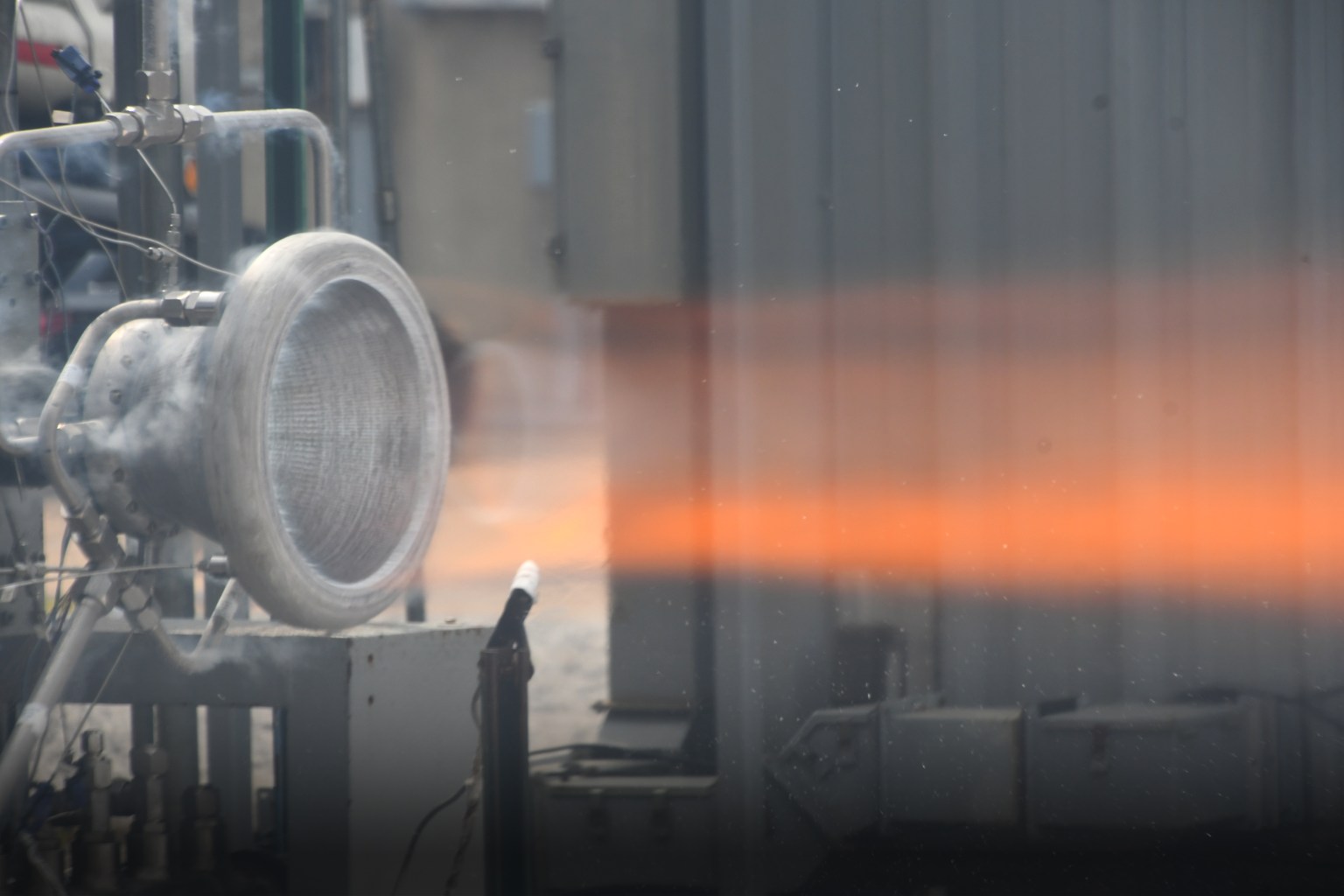
NASA
By Ray Osorio
NASA recently built and tested an additively-manufactured – or 3D printed – rocket engine nozzle made of aluminum, making it lighter than conventional nozzles and setting the course for deep space flights that can carry more payloads.
Under the agency’s Announcement of Collaborative Opportunity, engineers from NASA’s Marshall Space Flight Center in Huntsville, Alabama, partnered with Elementum 3D, in Erie, Colorado, to create a weldable type of aluminum that is heat resistant enough for use on rocket engines. Compared to other metals, aluminum is lower density and allows for high-strength, lightweight components.
However, due to its low tolerance to extreme heat and its tendency to crack during welding, aluminum is not typically used for additive manufacturing of rocket engine parts – until now.
Meet NASA’s latest development under the Reactive Additive Manufacturing for the Fourth Industrial Revolution, or RAMFIRE, project. Funded under NASA’s Space Technology Mission Directorate (STMD), RAMFIRE focuses on advancing lightweight, additively manufactured aluminum rocket nozzles. The nozzles are designed with small internal channels that keep the nozzle cool enough to prevent melting.
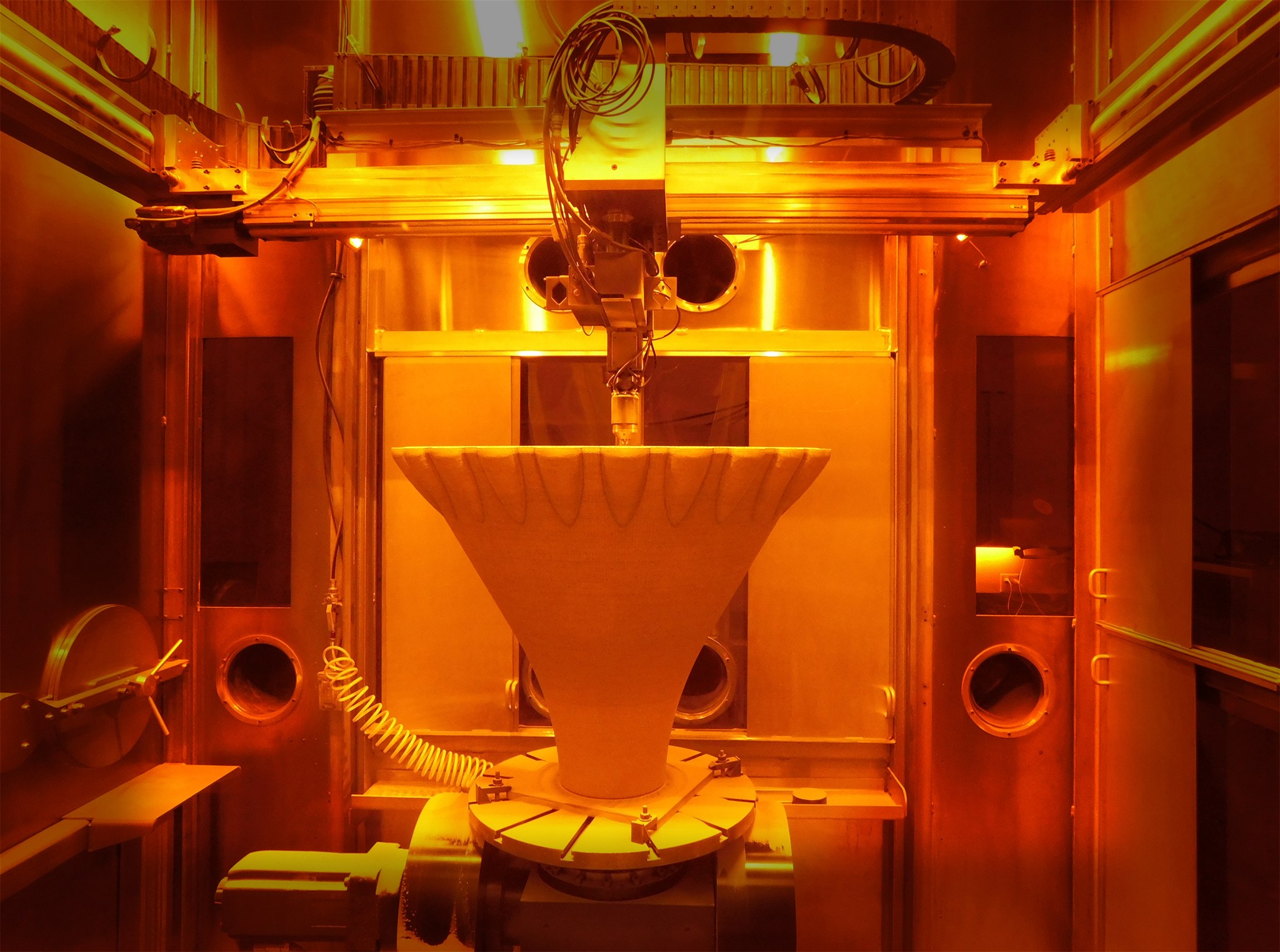
With conventional manufacturing methods, a nozzle may require as many as thousand individually joined parts. The RAMFIRE nozzle is built as a single piece, requiring far fewer bonds and significantly reduced manufacturing time.
NASA and Elementum 3D first developed the novel aluminum variant known as A6061-RAM2 to build the nozzle and modify the powder used with laser powder directed energy deposition (LP-DED) technology. Another commercial partner, RPM Innovations (RPMI) in Rapid City, South Dakota, used the newly invented aluminum and specialized powder to build the RAMFIRE nozzles using their LP-DED process.
“Industry partnerships with specialty manufacturing vendors aid in advancing the supply base and help make additive manufacturing more accessible for NASA missions and the broader commercial and aerospace industry,” Paul Gradl, RAMFIRE principal investigator at NASA Marshall, said.
We’ve reduced the steps involved in the manufacturing process, allowing us to make large-scale engine components as a single build in a matter of days.

Paul Gradl
RAMFIRE Principal Investigator
NASA’s Moon to Mars objectives require the capability to send more cargo to deep space destinations. The novel alloy could play an instrumental role in this by enabling the manufacturing of lightweight rocket components capable of withstanding high structural loads.
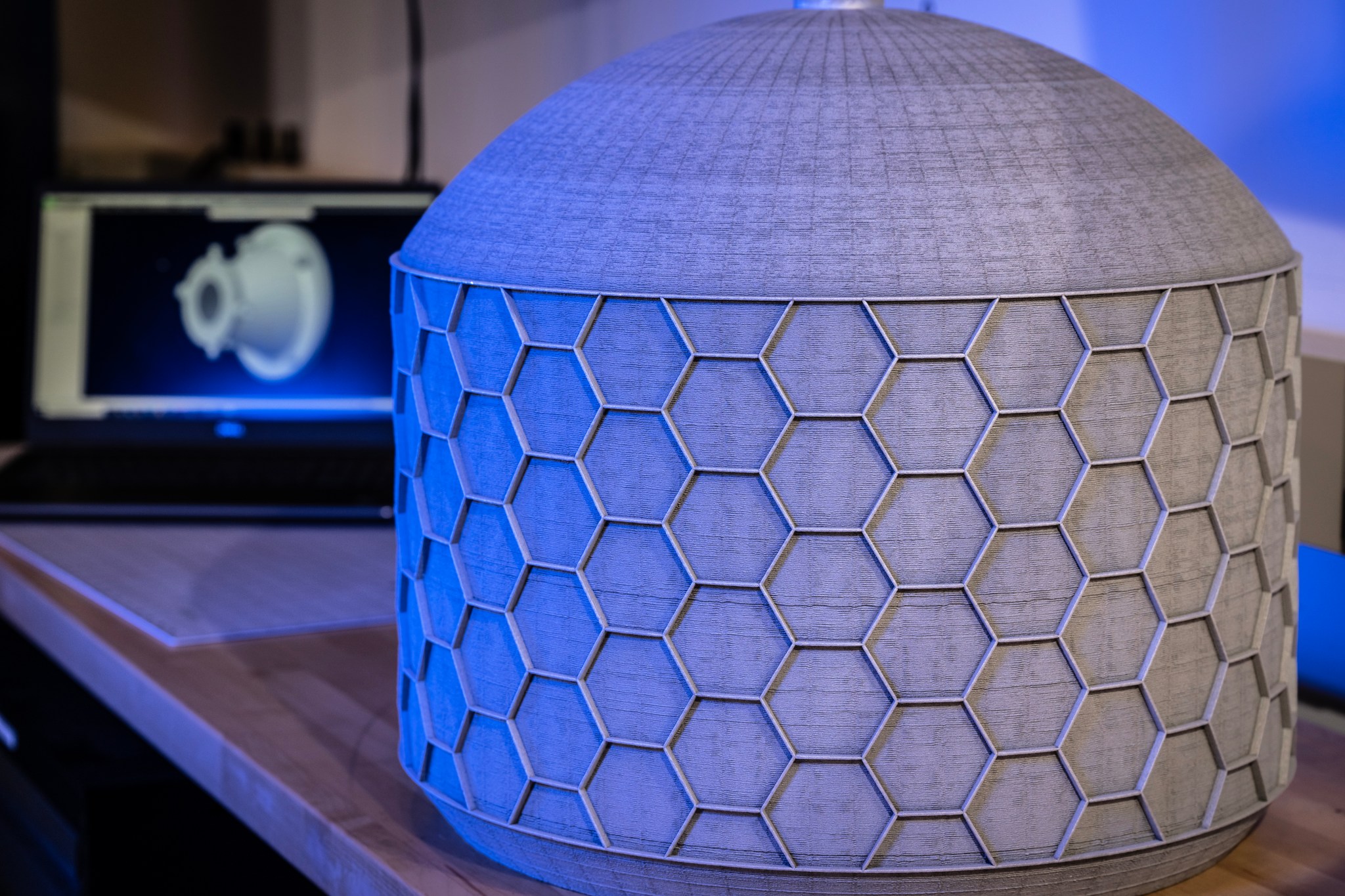
“Mass is critical for NASA’s future deep space missions,” said John Vickers, principal technologist for STMD advanced manufacturing. “Projects like this mature additive manufacturing along with advanced materials, and will help evolve new propulsion systems, in-space manufacturing, and infrastructure needed for NASA’s ambitious missions to the Moon, Mars, and beyond.”
Earlier this summer at Marshall’s East Test Area, two RAMFIRE nozzles completed multiple hot-fire tests using liquid oxygen and liquid hydrogen, as well as liquid oxygen and liquid methane fuel configurations. With pressure chambers in excess of 825 pounds per square inch (psi) – more than anticipated testing pressures – the nozzles successfully accumulated 22 starts and 579 seconds, or nearly 10 minutes, of run time. This event demonstrates the nozzles can operate in the most demanding deep-space environments.
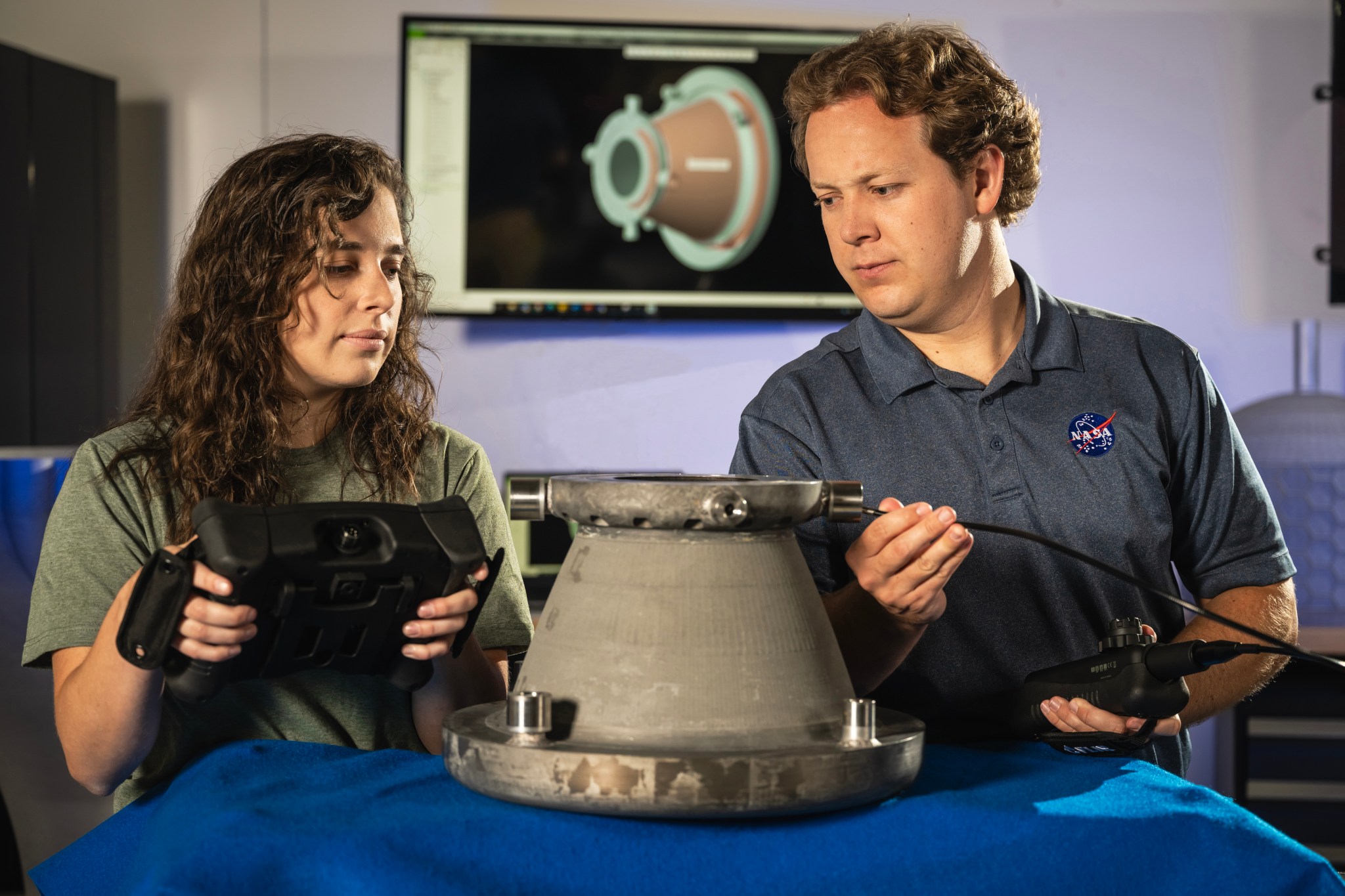
“This test series marks a significant milestone for the nozzle,” Gradl said. “After putting the nozzle through the paces of a demanding hot-fire test series, we’ve demonstrated the nozzle can survive the thermal, structural, and pressure loads for a lunar lander scale engine.”
In addition to successfully building and testing the rocket engine nozzles, the RAMFIRE project has used the RAMFIRE aluminum material and additive manufacturing process to construct other advanced large components for demonstration purposes. These include a 36-inch diameter aerospike nozzle with complex integral coolant channels and a vacuum-jacketed tank for cryogenic fluid applications.
NASA and industry partners are working to share the data and process with commercial stakeholders and academia. Various aerospace companies are evaluating the novel alloy and the LP-DED additive manufacturing process and looking for ways it can be used to make components for satellites and other applications.
Ramon J. Osorio
Marshall Space Flight Center, Huntsville, Alabama
256-544-0034
Share
Details
Related Terms
Powered by WPeMatico
Get The Details…
Beth Ridgeway



